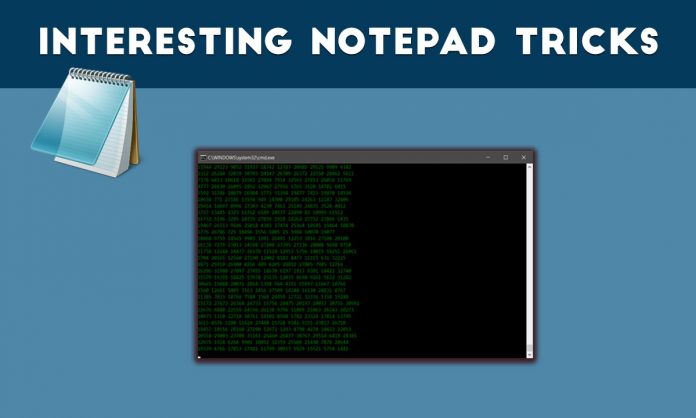Cricket is a bat-and-ball game played between two teams of eleven players each on a cricket field, at the center of which is a rectangular 22-yard-long pitch with a target called the wicket (a set of three wooden stumps topped by two bails) at each end.
Development in any field is closely associated with the growth of technology. Cricket is no exception. Technological advancement is an indispensable part of the game now. Analytics and numbers determine the value of a player and every move is closely monitored to determine his strengths and weaknesses. A small fault can be easily exploited with the assistance of sophisticated software. Please read below details to get a brief knowledge about technology which is used in cricket.
Snicko meter – Invented by Allan Plaskett, the snicko meters used to detect edges from the bat using a microphone placed near the stumps.Commonly known as Snicko, the technology uses the difference between sound frequencies of the ball hitting different surfaces. For example, a woody sound has a different frequency than that of the ball hitting the glove.
Hawk Eye – One of the most used technologies to judge the trajectory of the ball, it has been used by broadcasters for a long time to help commentators and viewers know if correct decisions were given for Leg Before Wicket (LBW) appeals. This technology predicts the path of the ball after impact, using a slew of cameras placed around the cricket ground. It is also being used as a part of the Umpire Decision Review System (UDRS) in the2011 ICC Cricket World Cup.
Hot Spot – Another ball tracking technology used in television relies on infrared cameras that detect the heat signature of ball impact. For instance, wherever the ball hits the batsman, the heat signature of that particular spot changes – creating a Hot Spot. It is especially helpful in judging faint edges and close bat-pad LBW shouts. It is widely appreciated by players for its accuracy but is not a regular part of the ICC's UDRS due it's expensive implementation and sensitive equipment.
Stump Camera - The stump camera for long has been part of cricket broadcasting. It is a small camera hidden inside the stumps at both ends providing a unique angle to viewers.
Super slow motion - This technology involves the use of a high-speed camera which captures live footage and then reproduces it in super slow motion format.
Speed Gun - It is a small Doppler radar unit used to detect the speed of moving objects; it is commonly used to determine bowling speeds in cricket broadcast.
Graphics package – It may look simple, but a lot of technology goes behind making a correct scoreboard appear on TV during a match. High-quality scoreboards with bowling and batting statistics have been the backbone of cricket broadcast.
Heart Beat Monitor - or the Gator monitor tracks the heart rate of cricketers and displays it in the broadcast. For instance, the viewers can see the variations in the bowler's heart rate when he is running.
Dart fish - Similar to the Hawk-eye technology, Dart Fish tracks the trajectory and gives the viewer a clear picture of the path of the ball once it has left the bowler's arm.
Verdict: - Here are discussions about a few of the technological innovations that are in cricket or are being discussed. Cricket Technology is moving at a staggering pace and as we battle to keep up with the advances in everyday technology with the latest phones, computers and TV’s



Post a Comment